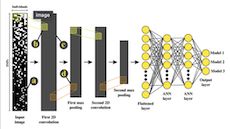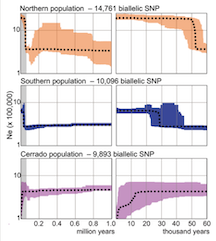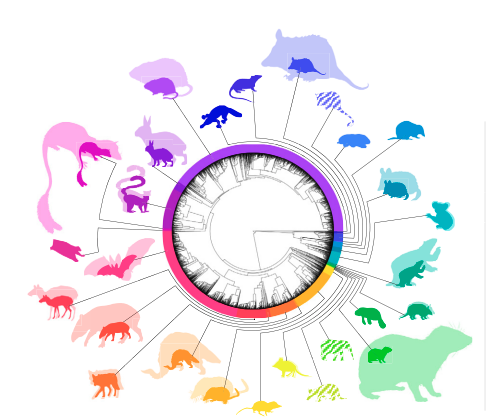FUNDING
Ongoing research in the Carstens lab is made possible by grants from the National Science Foundation.
We're affiliated with the NSF-funded Imageomics Institute devoted to the AI-assisted extraction of data from biological images.
OSC
Computational work in the Carstens lab is made possible by generous allocations from the Ohio Supercomputer Center.
Visit phylogatR to learn about one collaborative project with OSC.
ORCID
Visit  ORCID for my biography, additional information about research activities and funding, and other information.
ORCID for my biography, additional information about research activities and funding, and other information.
Check out the Bulletin of the Society of Systematic Biologists to learn about a journal that we recently launched.



